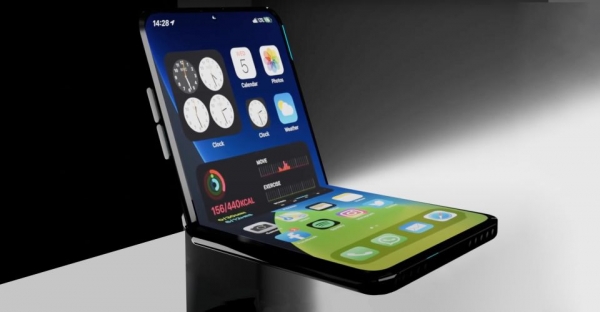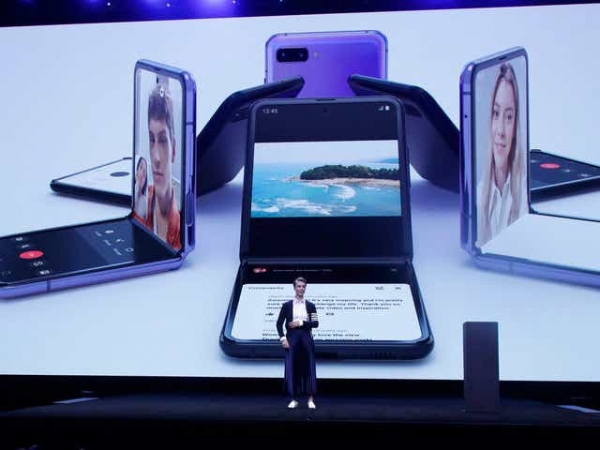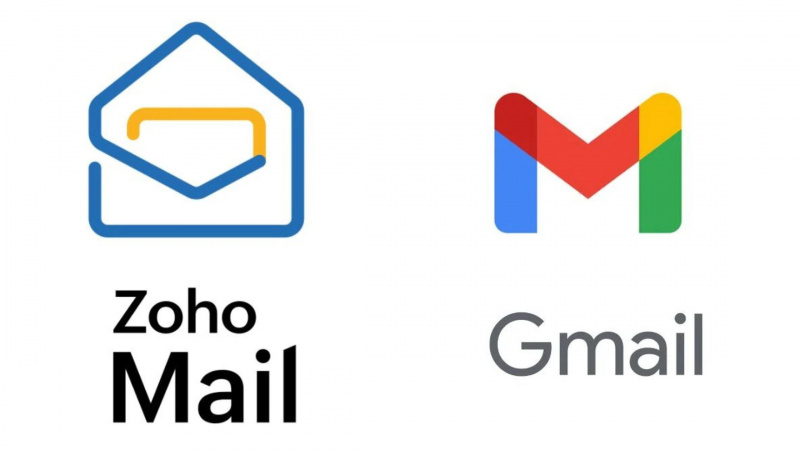Apple considers foldable iPhone; minor changes planned for 2021 models
This would be a drastic change for Apple. The flagship full-screen touchscreen smartphone is the most successful consumer technology product ever, helping to ma
- by B2B Desk 2021-02-04 06:51:41
Apple Inc. has begun early on an iPhone with a foldable screen, a potential rival to similar devices from Samsung Electronics Co. and others, though it plans to make only minor changes to this year's iPhone lineup.
The Cupertino, California-based company has developed prototype foldable screens for internal testing but hasn't solidified plans to launch a foldable iPhone. Development work has not extended beyond the screen, meaning that Apple does not yet have full prototypes of the phone in its labs, according to a person familiar with the work, who asked not to be identified discussing private matters.
Like Samsung's Galaxy Fold, the Motorola Razr reboot, and other offerings from Chinese companies, including Huawei Technologies Co., a foldable iPhone would allow Apple to make a device with a larger screen in a more pocketable package. Apple has internally discussed several folding screen sizes, including one that folds out similarly to the 6.7-inch screen on the iPhone 12 Pro Max. Current foldable phones have 6-inch and 8-inch unfolded.
The foldable Apple screens in testing, like Samsung's, have a nearly invisible hinge with the electronics behind the display. Other companies, including Microsoft Corp. Recently, launched devices with visible hinges separating two distinct panels. An Apple spokeswoman declined to comment.

This would be a drastic change for Apple. The flagship full-screen touchscreen smartphone is the most successful consumer technology product ever, helping to make Apple the world's most valuable company. However, the foldable iPhone may be years away or not finally present. The company is currently focused on launching the next-generation flagship iPhone and iPad later this year.
Apple isn’t planning major changes to the iPhone lineup this year due to improvements made to the smartphone in 2020, including 5G and new designs, according to people familiar with the situation. Inside Apple, engineers are looking for the next iPhones in another "S" version of the device, a name was generally given to new iPhones with minor updates.
The Covid-19 pandemic has also complicated product development, with Apple hardware engineers working in the company's Silicon Valley offices only a few days a week and in limited numbers. That means laying off Apple's engineers in China.
Last year, the pandemic delayed the launch of the iPhone 12 for several weeks, but Apple was still able to include nearly every intended feature except an accessory dubbed “AirTags" for locating physical items like backpacks and keys. The company now plans to release this accessory this year, and plans various accessories for it, including a leather keychain. Samsung announced a similar device earlier this month.

Although the overall changes will be minor, Apple is still testing a major update for 2021: an in-screen fingerprint reader. This will add a new way for users to unlock their iPhone, beyond passcode and facial recognition. Apple started moving away from fingerprint sensors in 2017 with the launch of the iPhone X, but Touch ID has remained a feature on cheaper Mac laptops and iPhones ever since. Qualcomm Inc. Apple, which supplies 5G modems, earlier this month reported a faster in-display fingerprint sensor.
The feature would be suitable in an environment where users wear masks, which are often incompatible with facial recognition. The in-display fingerprint reader, which has also appeared on Android phones for several years, could also be faster than Face ID for some users. Apple will not remove the facial recognition scanner, although it is still useful for augmented reality and camera functions.
Apple has also discussed the possibility of removing the charging port from some iPhone models in favor of wireless charging. The company moved to the MagSafe magnetic charging system with the iPhone 12, in addition to removing the charging block from the iPhone case last year. It also brings this charging technology to the MacBook Pro.
For its line of tablets, Apple is planning a new iPad Pro that looks like the current model but adds a MiniLED screen and a much faster processor. Also in the works is a slimmer and lighter entry-level iPad that uses the same design as the 2019 iPad Air.

POPULAR POSTS
The Agentic Revolution: Why Salesforce Is Betting Its Future on AI Agents
by Shan, 2025-11-05 10:29:23
OpenAI Offers ChatGPT Go Free in India: What’s Behind This Big AI Giveaway?
by Shan, 2025-10-28 12:19:11
Zoho Products: Complete List, Launch Years, and What Each One Does
by Shan, 2025-10-13 12:11:43
Arattai vs WhatsApp: Which Messaging App Should You Choose in 2025?
by Shan, 2025-10-10 11:55:06
Top Buy Now Pay Later (BNPL) Apps for Easy Shopping in 2025
by Shan, 2025-09-22 10:56:23
iPhone 17 Sale in India Begins: Full Price List, Launch Offers and Store Availability
by Shan, 2025-09-19 12:00:45
Apple September 2025 Event Recap: iPhone 17, iPhone Air, Apple Watch Series 11, and India Pricing Revealed
by Shan, 2025-09-10 09:55:45
RECENTLY PUBLISHED

Loan EMIs to Drop as RBI Slashes Repo Rate - Full MPC December 2025 Highlights
- by Shan, 2025-12-05 11:49:44

Pine Labs IPO 2025: Listing Date, Grey Market Premium, and Expert Outlook
- by Shan, 2025-11-05 09:57:07

Top 10 Insurance Companies in India 2026: Life, Health, and General Insurance Leaders Explained
- by Shan, 2025-10-30 10:06:42

Best Silver Investment Platforms for 2025: From CFDs to Digital Vaults Explained
- by Shan, 2025-10-23 12:22:46

Zoho Mail vs Gmail (2025): Which Email Platform Is Best for Businesses, Startups, and Students?
- by Shan, 2025-10-09 12:17:26

PM Modi Launches GST Bachat Utsav: Lower Taxes, More Savings for Every Indian Household
- by Shan, 2025-09-24 12:20:59




 Subscribe now
Subscribe now 